The Benefits of On-Site PSA Oxygen Plants in Managing Hospital Oxygen Needs
Oxygen is crucial in hospitals for patient care. It’s needed in critical care, operating rooms, and emergency rooms. Hospitals used to get oxygen from outside, but this has become unreliable, especially during emergencies.
Pressure Swing Adsorption (PSA) oxygen plants offer a better solution. They ensure a steady oxygen supply, cut costs, and improve patient care. Let’s look at how on-site PSA oxygen plants help hospitals.
1. Uninterrupted Oxygen Supply
PSA oxygen plants provide a constant oxygen supply. Hospitals often face oxygen delivery problems. But with a PSA system, they can make oxygen anytime.
This is key during emergencies when oxygen demand goes up. It keeps patients safe and healthy.
2. Cost-Effective Solution
Getting oxygen from outside costs a lot. There are costs for transport, handling, and storage. But PSA plants save money by making oxygen on-site.
Hospitals only pay for the plant and upkeep. This makes it cheaper than buying oxygen all the time.
3. Enhanced Safety and Risk Management
Handling oxygen tanks is risky. But PSA plants make oxygen as needed. This reduces the chance of accidents and makes hospitals safer.
It’s a big step towards better safety in hospitals.
4. High Purity Oxygen Production
PSA plants make oxygen that’s up to 95% pure. This is important for patient care. The system removes nitrogen from air, leaving pure oxygen.
Hospitals can control the oxygen’s purity. This improves care in ICUs and operating rooms.
5. Independence from Supply Chain Disruptions
During crises, like the COVID-19 pandemic, hospitals need reliable oxygen. PSA plants make hospitals self-sufficient. This is especially important during emergencies.
It ensures hospitals can keep giving life-saving care even when supplies are tight.
6. Environmentally Friendly and Sustainable
PSA plants are better for the environment than traditional methods. They don’t need transport or energy-intensive production. This makes them more eco-friendly.
Hospitals can make oxygen from air, which is efficient and green.
7. Scalability and Flexibility
PSA plants can grow with hospitals. They can be set up to meet any oxygen need. This flexibility helps hospitals adapt to changing demands.
It prepares them for both regular operations and sudden increases in patients.
8. Reduced Administrative and Logistical Burden
Managing oxygen supplies from outside sources is a big job. It includes ordering, tracking, and keeping inventory. Hospitals also have to pay suppliers on time.
On-site PSA oxygen plants make this easier. They let hospitals make their own oxygen. This means less work for staff on managing supplies.
Staff can then focus more on caring for patients. This is a big help in a busy healthcare setting.
Conclusion
In today’s fast world, having a steady oxygen supply is key. On-site PSA oxygen plants are a smart choice for hospitals. They are affordable, safe, and good for the planet.
These plants help hospitals keep oxygen flowing without interruption. This improves care for patients and cuts costs. It also lowers the risk of problems with outside suppliers.
As hospitals aim to work better and be more independent, these are a smart investment. They help shape a better future for healthcare.

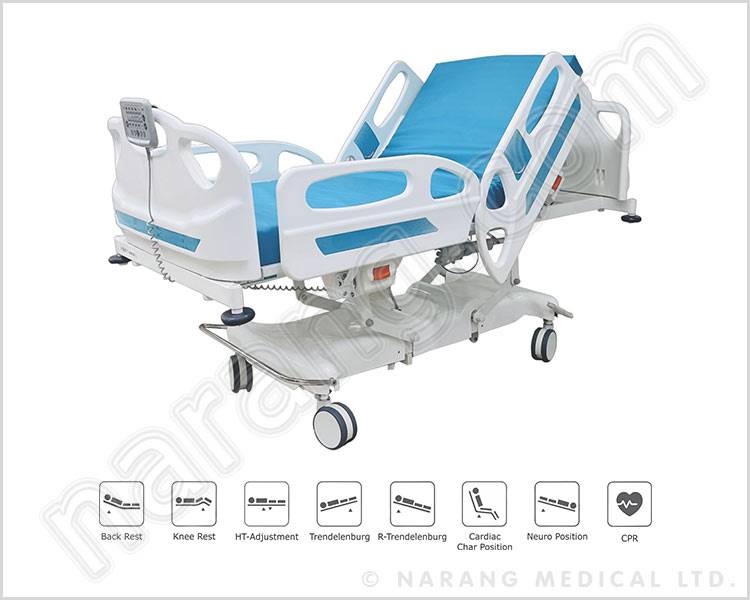
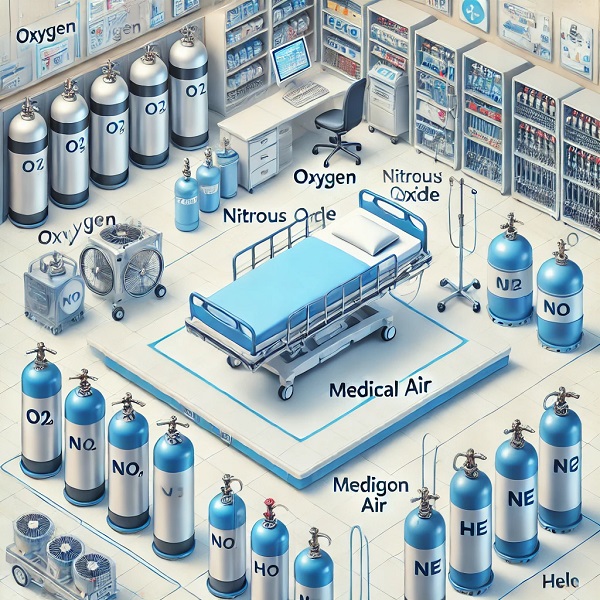
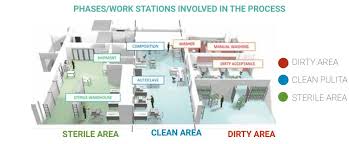



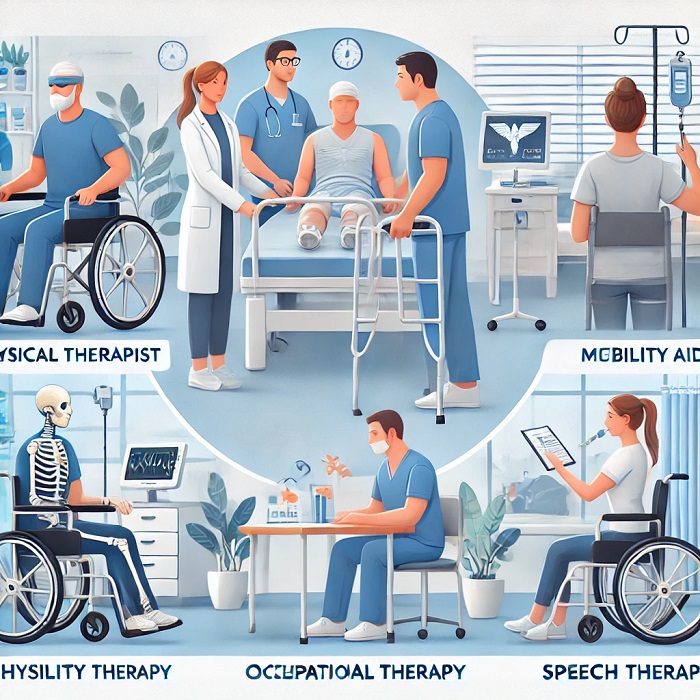






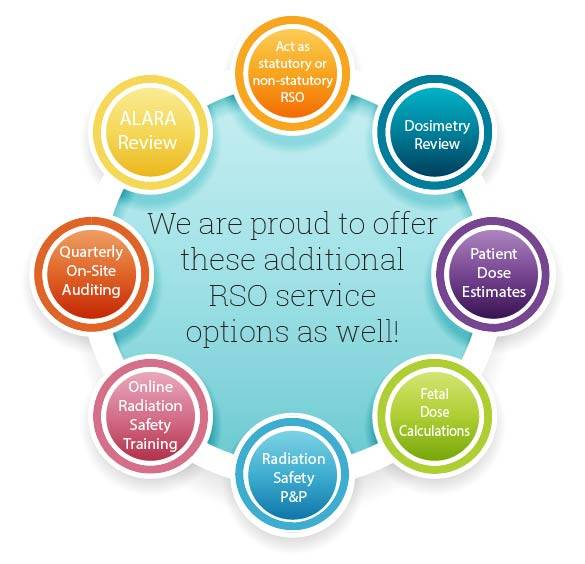
Leave a Reply